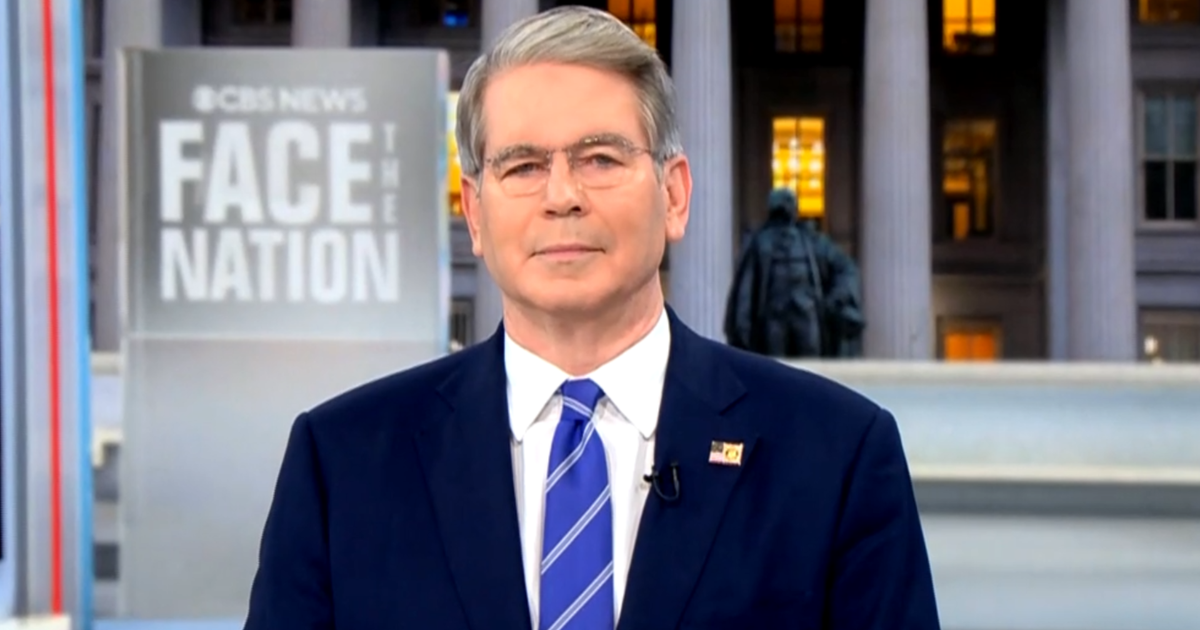On October 25, 2025, I attended the NASCAR car race in Bakersfield, California. The racers were all ecstatic about the interstellar object 3I/ATLAS because of its high speed of 68 kilometers per second on its approach to perihelion on October 29, 2025. 3I/ATLAS is 600 times faster than the best of these cars.
One of the qualified NASCAR racers, Alex Malycke, was so impressed by the 8 anomalies of 3I/ATLAS described in my research (summarized here), that he chose to feature images of me and 3I/ATLAS on the hood of his car. He labeled it the first “interstellar car” in NASCAR’s history.
On January 2, 2025, the Minor Planet Center catalogued a new near-Earth asteroid, only to realize a day later that it is the Tesla Roadster car launched by SpaceX under the leadership of Elon Musk as a dummy payload on the Falcon Heavy rocket. The Tesla Roadster will remain a solar system car because it is bound by the Sun’s gravity. However, the Milky Way galaxy might have hosted a more accomplished space entrepreneur than Elon Musk over the past few billion years. If so, the Rubin Observatory might discover interstellar cars as they enter the inner Solar System at a speed that is hundreds of times faster than found in NASCAR races.
If Alex had been able to launch his car above the escape speed of the solar system from Bakersfield Speedway, then his car would have been truly interstellar. The required speed is comparable to that of 3I/ATLAS. A major challenge at that speed would have been to survive the fireball generated by the friction of the car with the Earth’s atmosphere. Given the existential risk posed by this fireball, the limited horsepower of Alex’s car engine should be regarded as a blessing since it keeps Alex down to Earth.
Alex got me into his car and taught me how to drive it while this crash course was filmed by Netflix for a documentary to be released by mid 2026.
Next to Alex’s car, I met one of the contenders to the NASCAR championship, Vito Cancilla, a 14-year-old high-schooler who started racing at age 4 following a family tradition — as his grandfather was a hall-of-fame racer. I told Vito that if he has any questions on how physics might help to enhance the performance of his car, I will be glad to serve as his scientific advisor. “I did not have a class in physics as of yet,” Vito admitted with a smile, to which I replied: “Physics works irrespective of whether both of us understand it.”
Alex gave a brilliant tutorial on various techniques used to improve the performance of race cars. It occurred to me that there might be room for future improvements, taking advantage of small effects like heat redistribution on the expansion of the car’s frame.
Following Alex’s tutorial, I asked Alex and Vito whether a self-driving car could in principle win the NASCAR championship by optimizing its racing strategy with the aid of suitable sensors and artificial intelligence. The answer is likely in the affirmative, if only someone had the incentive to develop such a car. But as in any sport, the goal in car racing is to compare human performances even when machines can outperform them.
Will a truly interstellar car be guided by artificial or natural intelligence? It is reasonable to expect that out-of-this-world machines might be favored over biological pilots for long-duration interstellar journeys given the harsh conditions of space.
Here’s hoping that future data on interstellar objects, like 3I/ATLAS, would deliver a reliable answer to this question. As on the NASCAR Speedway, the outcome of interstellar races is decided through observations.
As I was leaving the parking lot, Alex and Vito came to shake my hand and ask: “Is 3I/ATLAS a natural comet or alien technology?” I replied that a picture is worth a thousand words. The highest resolution images of 3I/ATLAS were taken by the HiRISE camera onboard the Mars Reconnaissance Orbiter on October 2, 2025 with 30 kilometers per pixel and a first sideway view relative to the direction of the Sun. Unfortunately, the release of this data is delayed by the U.S. government shutdown. The disappointment on the faces of Alex and Vito made it clear that delay is contradictory to the NASCAR spirit. Gladly, the brilliant congresswoman Anna Paulina Luna promised to expedite the release of NASA’s data in a message that she sent me at the end of the race.
On the way back to my hotel, I received an email that was the cherry on top of my delightful day. It read as follows:
“Dear Professor Loeb,
I know it’s probably a nuisance of me to send fluff to your professional email, however I couldn’t find a better way to get in touch and felt compelled to at least write a few words of appreciation after enjoying your work and media appearances for the last few years and seeing you come frequently under fire from your peers and sections of science media.
It has been refreshing and in some way comforting to see a tenured Academic pushing the envelope on scientific inquiry and open minded dialogue around the possibility of recent cosmic phenomena being of technological origin. Whether you are right or wrong, the importance of having someone of your credibility maintain and encourage these conversations I think can’t be understated. I’m not sure how many people write to you to say thanks for your work (and by the looks of things you probably get quite a few emails that state quite the opposite), but as someone with a deep lifelong passion for the natural sciences, in particular astrophysics and all the wonderful ideas that branch out from it, your work, ideas and discussions have been more valuable to me as a curious person, than some of the cold hard scientific discoveries of the last few years. Please do not stop, no matter how much people cry about it. It’s fun, interesting, and if you end up being right, boy are some people going to feel stupid.
I really enjoyed your book ET — The First Sign of Intelligent Life. It was a great read — I also got the audiobook (but you should’ve been the narrator!). Your book made me want to jump into a discussion about the ideas as I was reading it, but it is very hard to find minds that are both scientifically sound and intellectually humble enough to admit that there are things that we cannot know until we rule them out. Thankfully your various interviews have filled a bit of that void.
Thank you for all your work, Prof. Loeb, and I hope for much more to come. And if you are ever in the South of England in the future, swing by Dorset for a local ale and some physics babble with a humble amateur.
All the best,
Ivan Gibson”
ABOUT THE AUTHOR
Avi Loeb is the head of the Galileo Project, founding director of Harvard University’s Black Hole Initiative, director of the Institute for Theory and Computation at the Harvard-Smithsonian Center for Astrophysics, and the former chair of the astronomy department at Harvard University (2011–2020). He is a former member of the President’s Council of Advisors on Science and Technology and a former chair of the Board on Physics and Astronomy of the National Academies. He is the bestselling author of “Extraterrestrial: The First Sign of Intelligent Life Beyond Earth” and a co-author of the textbook “Life in the Cosmos”, both published in 2021. The paperback edition of his new book, titled “Interstellar”, was published in August 2024.
Source link

